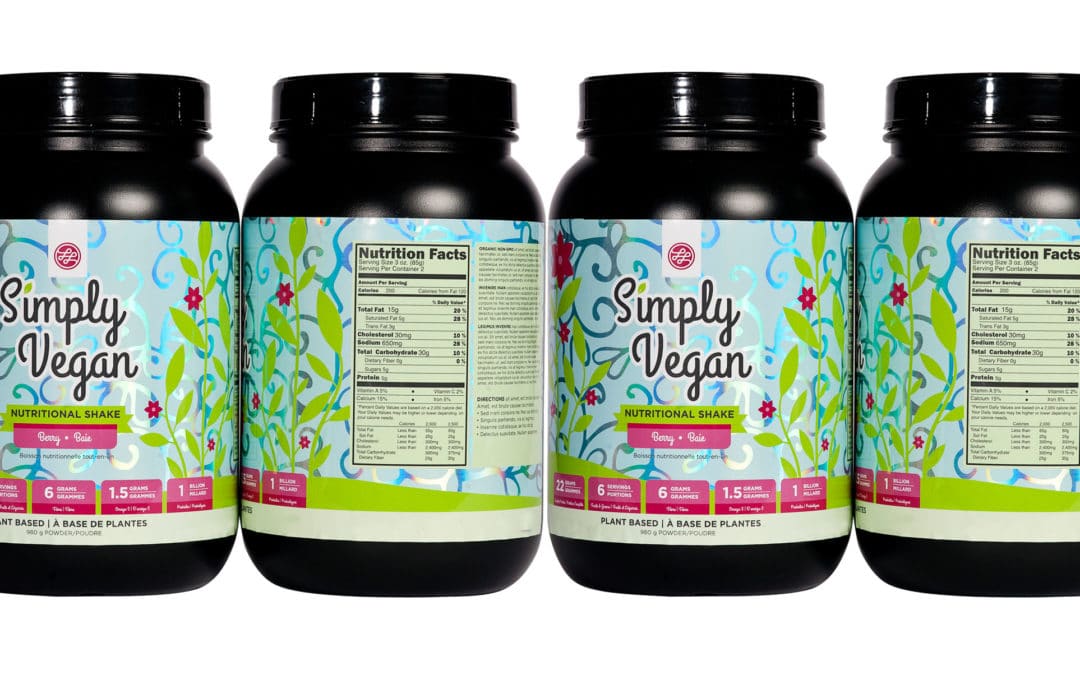Today, consumers have so many choices and brands have unprecedented pressure to make their product own the crowded shelf. So what makes a consumer pick up one product on the shelf over another, the so called “moment of truth”? Right now differentiation is the buzz word brand owners’ use, and to achieve this they are relying on a variety of new inks and coating technologies to enhance the decoration of their packaging. There are a broad range of options for decoration, however, choosing which effect to use can be a challenge. To help make sense of the options available, here are the top 3 most commonly leveraged.
No. 1 – Metallic finish
If you are looking to add a premium effect to your labels, metallic will deliver the high- end look immediately. The effect is achieved by using metallic substrates, inks, cold or hot foils on standard paper, white and clear films, as well as textured papers. And, applying colour over the metallic areas brings a whole new array of design options.
No. 2 – Special Effects Coatings
Coatings have been around for a long time but with the increased focus on delivering value with post-finishing techniques, they have become more widely used to deliver a wide variety of value-added finishes from both a visual and tactile perspective. The possibilities for creating appealing labels are almost endless when coatings are combined with the printed label.
Gloss or Matte – Gloss coatings provide a high level of sheen or gloss, and matte coatings give a dull and silky effect. Both can be applied as a spot treatment, or as an overall pattern or to the entire label. The coatings can deliver high clarity, outstanding flexibility and when combined on the same label, can maximize the visual contrast between the gloss areas and matte areas.
Raised or Embossed – This finish is created with a special high-viscosity UV coating applied in a heavy pattern to exhibit a unique dimensional effect. These coatings provide excellent gloss, clarity and protection for any piece. More importantly, the tactile feel of the coating adds an extra sensory experience – touch.
Glitter – If you are looking to design a label that exudes excitement and happiness, then glitter is a great choice. Research shows that it makes a buyer want to pick up the product, hold it, and learn about what it’ll do for them. That is why you will often find glitter utilized on beauty product labels as they feel it keeps their product lines fresh and updated.
Pearlescent – This luster effect is created by adding miniscule metal flakes to the gloss varnish thus producing a pearlescent appearance. The rich luster effect is popular with designers looking to create their own unique personalized effects using different colors, shapes and dimensions.
Colour shift coating – This coating is designed to provide a unique visual effect of shifting colour depending on the angle of the view. This coating is very effective with protecting your product from being counterfeit.
Reticulating – Designed to provide a reticulated texture effect – similar to leather. The coating can give the appearance that the label has been embossed and is most effective as a spot treatment on the label.
Sandy Feel – This coating brings a textured gritty feel, similar to sandpaper, to your label. Often used as a spot treatment rather than a full flood – this coating can enhance the graphical image on the labels., such as highlighting a beach scene or create a unique textured depth and rough feel to a label.
Soft Touch – This coating enhances the customer experience. It brings a matte surface to the label that has a soft, silky texture to the touch. Widely used in the high retail, craft food and beverage as well as on personal care and cosmetics.
Scratch and Sniff – Let’s be honest – this effect is one we all remember from our childhood and we loved it. It engages the consumer and leverages another sense – smell. There are standard stock scents or you can customize the scent to match the product being packaged.
No. 3 – Holographic
Holographic labels are known for making products jump off the shelf and into consumers hands. (that is why they are so widely used in the nutraceutical market where the shelves are extremely over-crowded). There are two options for holographic effects. The entire label substrate can be holographic and by blocking out the non-holographic areas, a spot effect can be created (similar to the metallic labels). Or, hot or cold foil can be used to create holographic effects. And, the types of holograms are almost unlimited – rainbow, crystal, confetti, diamond plate, frost, powder, rain, sparkles, even custom treatments can be created with enough lead time. Holographic effects also make it more difficult to copy branding and packaging, which is especially important for high ticket items where authenticity is a concern. Whichever option you chose; the treatment brings your labels to life.
